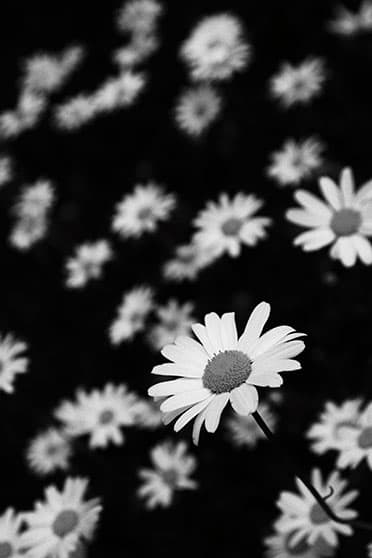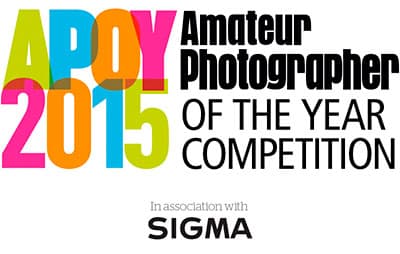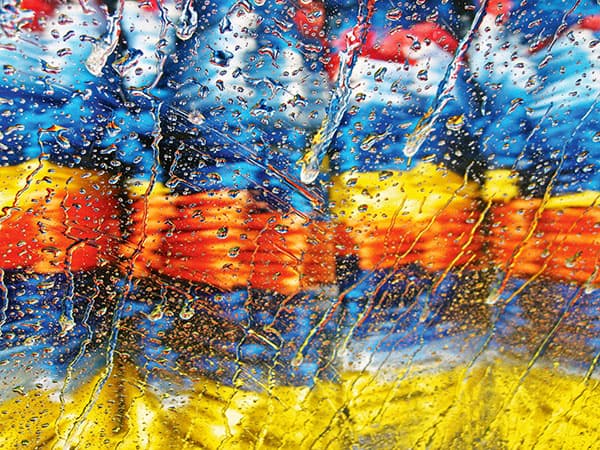APOY 2015 round 4 In Focus – Shallow Depth of Field
Please visit the APOY 2015 home page to find all the rules for entry, terms and conditions, the APOY ENTRY EMAIL ADDRESS and the disclaimers that must be copied and pasted into an email entry.
Entries must be received by midnight (UK time) on 28 June 2015
Photography is as much about knowing what to exclude as it is about knowing what to include. Knowledge of how to frame, compose and focus can help you to home in on a subject or, in some cases, a particular aspect of a subject. For this round we want you to bear this in mind when exploring the aperture of the lens, specifically the f-stops that sit at the most open end.

In this shot from Frank Emonds we see that a shallow depth of field can help to draw out a single detail from an otherwise busy scene
So much of the advice on photography revolves around getting every aspect of your image in pin-sharp focus, but there are many occasions when a shallow depth of field can help to make a subject stand out in the frame. This is particularly true of portraiture and wildlife. When a background is thrown out of focus, the subject in the foreground is allowed room to breathe and pops out of the frame. A shallow depth of field can make your image feel more three-dimensional. You are free to choose any subject for your image, but just make sure that your lens is wide open when you shoot.
 This month’s prize
This month’s prize
Win a Sigma 50mm f/1.4 DG HSM | A lens, an EF-610 DG ST electronic flash and USB dock
The sigma 50mm f/1.4 DG HSM | A has set a new standard for Sigma’s Art line. With a large f/1.4 aperture, the Sigma 50mm prime lens is a pro-level performer. A Hyper Sonic Motor (HSM) ensures quiet, smooth and accurate autofocusing, and when paired with Special Low Dispersion (SLD) glass and Super Multi-Layer coating, the 50mm f/1.4 is a high-performance lens for modern DSLR sensors.
The Sigma EF-610 DG ST flash has a guide number (GN) of 61m @ ISO 100 and is designed to work with the latest TTL auto-exposure systems of all popular manufacturers’ digital and film SLRs. The autozoom function automatically sets the optimum illumination angle in accordance with the focal length of the lens, in a range from 24mm to 105mm.
The Sigma USB Dock enables photographers to update firmware and customise features of the lens via Sigma Optimization Pro software, which is available as a free download.
That’s a total prize value of £1,059.97 for round four.
We take a look at some tips to set you on your way to shooting creative depth of field images
Soft Background and Foreground
As we mentioned earlier, a shallow depth of field can help to draw a subject out from its surrounding environment and ensure the viewer’s attention is held firmly on the most important aspect of an image. It’s also worth noting that using a shallow depth of field can also work wonders when you spot a subject that is surrounded by a particularly chaotic environment.
Bokeh
The term bokeh is a Japanese word for the aesthetic quality of the out-of-focus areas of a photographic image. You’ll generally get the best bokeh from a prime lens with a large aperture. Make sure you get close to your subject, get your main subject sharp and ensure that your subject is far away from the background you want out of focus. Bokeh works especially well when your background consists of bright, multicoloured lights, like those found in a city. That said, bokeh can also work very well in areas of verdant foliage.
Getting Creative
As we’ve seen, a shallow depth of field can help us to keep the most important aspects of an image in focus, But there’s no reason not to take a much more creative approach and utilise a shallow focus to create something a little more creative. Throwing the whole image out of focus can add a sense of abstract to a scene. Choosing just the right subject and arrangement of shapes can give your image a fascinating and at times painterly quality that will hold a viewer’s attention.
Point of Focus
Portraiture and wildlife are two of the most exhilarating genres of photography. Just one image can highlight the character and personality of your subject. The one thing that can ruin an image is when the eyes are not in focus. This can be tricky when working with a shallow depth of field, but getting the eyes in focus creates a connection between the viewer and the subject.
**Please visit the APOY 2015 home page to find all the rules for entry, terms and conditions, the APOY ENTRY EMAIL ADDRESS and the disclaimers that must be copied and pasted into an email entry.
Entries for APOY 2015 Round 4 In Focus must be received by midnight (UK time) on 28 June 2015













